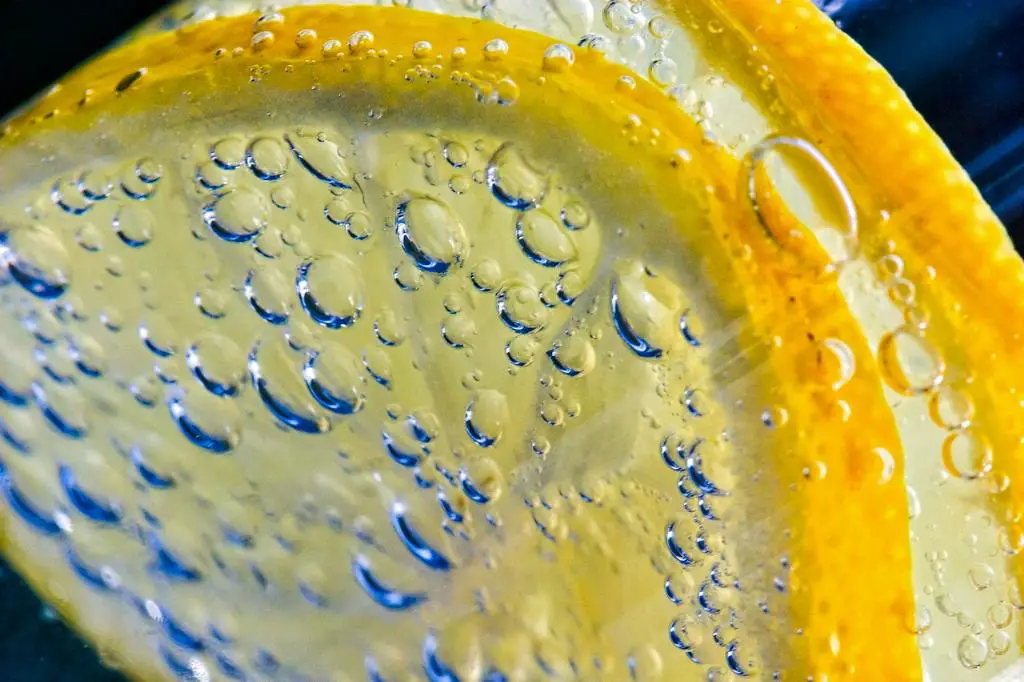When it comes to finding the right fertilizer for your plants, there are many options available. One unusual but increasingly popular choice is gin trash. You may be wondering, is gin trash actually a good fertilizer? Let’s explore the potential benefits of using gin trash as a soil additive.
The Composition of Gin Trash
Gin trash, which consists of cotton stalks, seeds, leaves, burrs, and husks, is a byproduct of the cotton ginning process. Despite being considered waste, gin trash actually contains a variety of valuable nutrients that can benefit plants.
Nutrient-Rich Content
Gin trash is rich in essential elements like potassium, nitrogen, phosphorous, and micronutrients. These nutrients are crucial for the healthy growth and development of plants. Potassium promotes root development and disease resistance, nitrogen supports leaf and stem growth, phosphorous aids in flower and fruit production, and micronutrients ensure overall plant health.
Improving Soil Fertility
By incorporating gin trash into your garden or fields, you can enhance the fertility of your soil. The nutrients present in gin trash act as natural soil additives, replenishing the nutrient levels and improving the overall health of the soil. This can lead to more productive and healthy plants.
Sustainable and Cost-Effective Choice
One of the major advantages of using gin trash as fertilizer is its sustainability. Instead of being discarded, this agricultural waste can be repurposed, reducing waste and contributing to a more circular economy. Furthermore, gin trash is often readily available and can be obtained at a relatively low cost, making it a cost-effective choice for farmers and gardeners.
Appropriate Application Methods
When using gin trash as fertilizer, it is important to follow appropriate application methods. Due to its high carbon-to-nitrogen ratio, gin trash should ideally be composted before use, as this allows for the release of nutrients over time and prevents nitrogen tie-up.
Avoiding Potential Pitfalls
While gin trash can be a valuable fertilizer, there are some considerations to keep in mind. If the gin trash has been treated with pesticides or other chemicals during the ginning process, it may not be suitable for use as fertilizer. Additionally, excessive application of gin trash can lead to nutrient imbalances in the soil, so it is essential to monitor the nutrient levels and adjust accordingly.
Alternative Uses for Gin Trash
If you have excess gin trash or prefer not to use it as fertilizer, there are alternative uses for this agricultural waste. For example, gin trash can be used as livestock bedding, mulch, or even as a source of renewable energy through biomass conversion.
The Verdict
In conclusion, gin trash can indeed be a good fertilizer due to its nutrient-rich content. It is a sustainable and cost-effective choice that can enhance soil fertility and promote healthy plant growth. However, it is vital to consider the source of the gin trash and ensure that it is free from harmful chemicals. Proper application methods and monitoring nutrient levels are critical for maximizing the benefits of using gin trash as a fertilizer.

Final Thoughts
Exploring innovative and sustainable ways to enhance plant growth is crucial in today’s world. By repurposing agricultural waste like gin trash, we can reduce waste, improve soil health, and contribute to a more environmentally friendly approach to farming and gardening.
